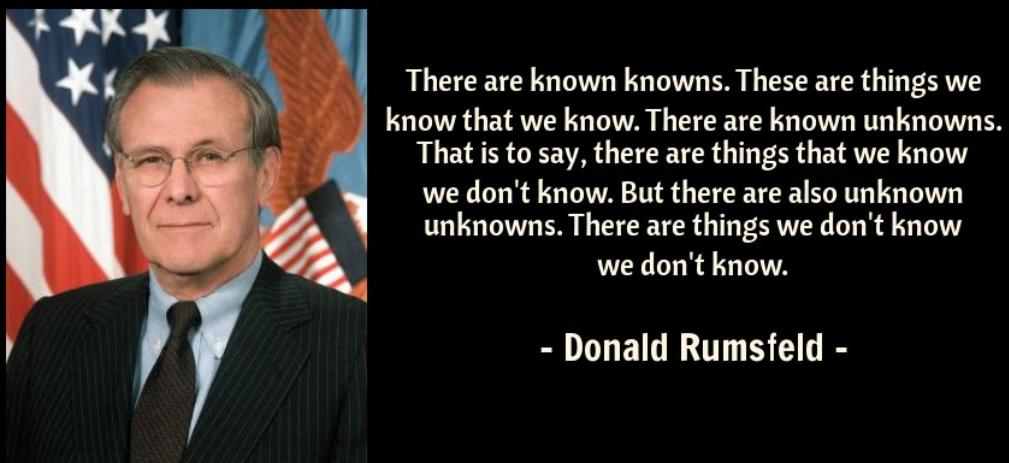Lessons from a Year as an Engineering Manager
As I reflect on my first year as an Engineering Manager, I am grateful for the valuable experiences and insights that have shaped me both personally and professionally. This journey has taught me important lessons in planning, sleep management, and risk assessment, which I believe are crucial for any leader in the tech industry.
In this article, I will share these three main ideas and touch on some minor factors that have contributed to my growth.
1) The Eisenhower Matrix

Effective planning is the backbone of successful leadership. One tool that has proven to be immensely helpful is the Eisenhower Matrix.
Developed by former US President Dwight D. Eisenhower, this matrix is a simple yet powerful way to prioritize tasks based on their urgency and importance. I’ve often faced a barrage of tasks and decisions daily, making it easy to feel overwhelmed.
By using the Eisenhower Matrix, I’ve been able to categorize tasks into four quadrants:
- Urgent & Important: Tasks that demand immediate attention and are vital to the success of the team and the project.
- Important but Not Urgent: Tasks that have a significant impact but don’t require immediate attention. These tasks should be scheduled for later.
- Urgent but Not Important: Tasks that need immediate attention but don’t contribute much to long-term goals. Delegating these tasks is crucial.
- Not Urgent & Not Important: Low-priority tasks that can be eliminated or postponed.
Embracing this matrix has allowed me to focus on high-impact tasks, minimize distractions, and allocate my time more effectively, ultimately benefiting the entire engineering team.
🎩 Pro Tip: You don’t need to draw an actual matrix or pay for a fancy app with an annual subscription. If you dig deeper into the above categories, all you need is a simple “Save for later” list.
2) Embracing the “Let Me Sleep with That Idea” Approach

As a leader, making critical decisions is a daily occurrence. There’s a colloquialism that goes, “Let me sleep with that idea” and it holds more truth than you might think. Often, in the pursuit of efficiency, leaders are expected to make decisions quickly. However, I’ve learned that sometimes it’s better to give yourself time to process and contemplate important matters.
Taking the time to “sleep on it” allows your subconscious mind to work through complex problems and consider alternatives that might not be immediately apparent. I’ve found that after a good night’s rest, I often wake up with fresh perspectives and better solutions. Encouraging my team (as well as being encouraged by them) to do the same has fostered a culture of thoughtful decision-making, leading to more well-considered and successful outcomes.
🎩 Pro Tip: This was the most difficult for me to pull because I had been used to coding all-nighters, unexpected incidents, timezone differences, and so on since the beginning of my career.
3) Utilizing the Rumsfeld Matrix

In software engineering, risk management is a constant challenge. The Rumsfeld Matrix, named after former US Secretary of Defense Donald Rumsfeld, is a valuable tool for assessing and addressing risks systematically. The matrix categorizes risks into four types:
- Known Knowns: Risks that are identifiable and can be planned for appropriately.
- Known Unknowns: Risks that are recognized but lack sufficient information. These require further analysis and investigation.
- Unknown Knowns: Risks that we are unaware of, often due to blind spots or lack of communication.
- Unknown Unknowns: Unforeseeable risks that emerge unexpectedly.
By applying the Rumsfeld Matrix, I’ve been able to proactively identify and address risks, enhance decision-making, and improve project outcomes. It has also encouraged open communication within the team, allowing us to uncover potential issues and address them before they escalate.
🎩 Pro Tip: Unknown knowns is the most shameful category here, which is frequently caused by the engineering team’s echo chamber. Bring team members from other departments to the table and you’ll be astounded by the valuable suggestions in the nick of time.
Other Minor Factors
In addition to the major lessons mentioned above, I’ve also learned the importance of moderating caffeine intake, incorporating meditation into my daily routine, and valuing the significance of Scrum ceremonies in fostering team collaboration & transparency.
Conclusion

At the end of the day, there is no secret recipe for becoming a successful Engineering Manager. The journey is full of challenges and learning opportunities. What matters most is your willingness to adapt, learn, and grow. Embrace planning, value your sleep, and manage risks with thoughtful approaches.
Remember, there is no magic or great revelation; the key to success lies within you. So, continue to strive for excellence, lead with integrity, and inspire your team to achieve greatness.